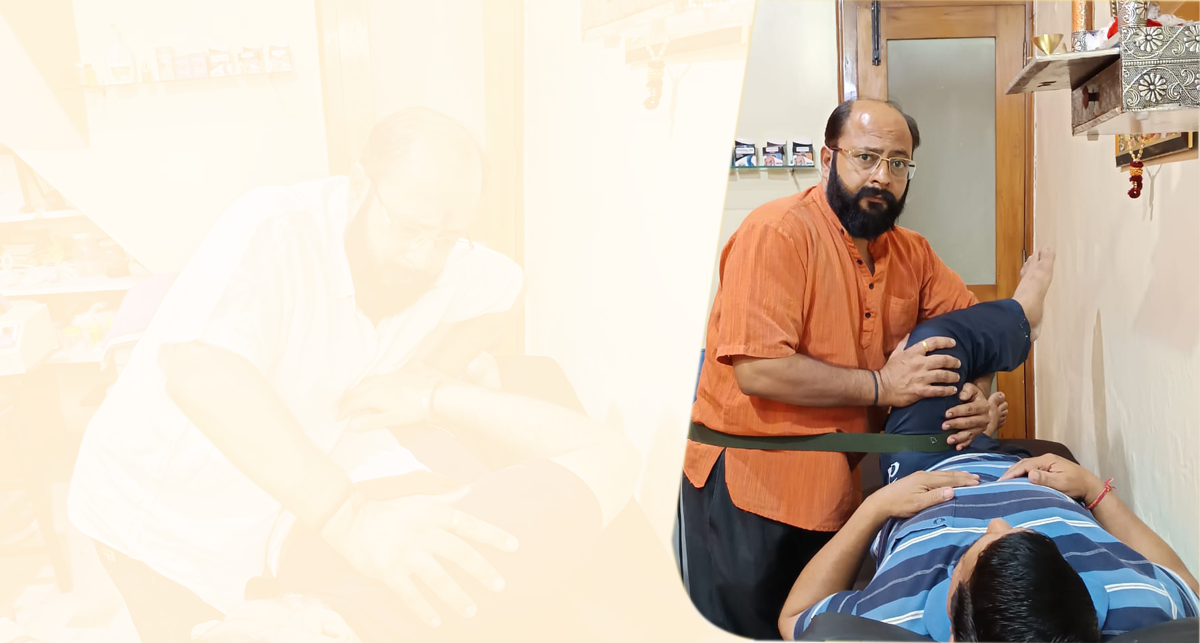Ankle sprains are common traumatic injuries, and as a physiotherapist, you’ll likely encounter patients seeking your expertise in managing them. Let’s dive into the key aspects of physiotherapy management for ankle sprains:
Acute Phase (Initial 48 Hours):
RICE Protocol:
Rest: Encourage your patient to rest the affected area. Crutches may be necessary to avoid putting weight on the injured leg.
Ice: Apply ice to the injured area to reduce swelling and inflammation.
Compression: We Use compression techniques (such as elastic bandages) to prevent additional swelling.
Elevation: Elevate the injured leg 15-25 cm above heart level
Pain Management: Address pain using appropriate modalities (e.g., ice, analgesics) as needed.
Subacute and Chronic Phases:
Range of Motion (ROM): Gradually introduce ankle movements to prevent stiffness. Gentle active and passive exercises can help maintain or restore joint mobility.
Strengthening Exercises:
Focus on the muscles around the ankle joint (e.g., calf muscles, peroneals).
Proprioceptive exercises (e.g., balance training) are crucial for stability.
Manual Therapy:
Soft tissue mobilization, joint mobilization, and myofascial release.
Taping and Bracing:
We may Provide external support using taping techniques or ankle braces.
Functional Rehabilitation:
Tailor exercises to the patient’s specific needs (e.g., sport-specific movements, daily activities).
Gradually progress to more challenging tasks.
Return to Sport/Activity:
Ensure adequate strength, stability, and proprioception before allowing a return to sports or high-demand activities.
Patient Education:
We, at Shri SiyaRam Clinic, Educate patients on self-management strategies, including home exercises, proper footwear, and injury prevention.
Discuss the importance of adherence to the rehabilitation plan.
Remember, individualized assessment and treatment are essential. Consider any associated risk factors (such as previous ankle injuries) and adapt your approach accordingly. If you have specific cases or questions, feel free to share, and we can discuss them further!
